Looking for the best museums in Asturias? These are the best ones:
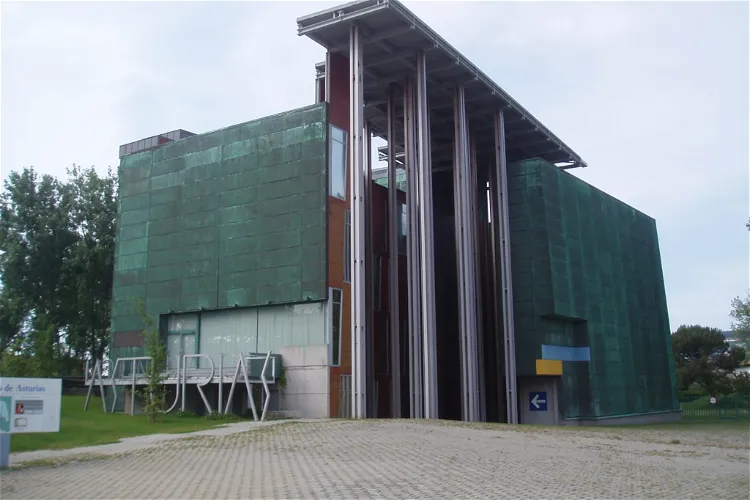
Museum of the Asturian People
GijónThe Museum of the Asturian People is situated in the city of Gijón, in the Principality of Asturias, Spain. This location is easily accessible for tourists visiting the region and offers a unique insight into the culture and history of the Asturian people.
Jurassic Museum of Asturias
LastresThe Jurassic Museum of Asturias (MUJA) is a unique paleontological museum nestled between the Asturian towns of Colunga and Lastres. The museum is situated on the coastal plain of San Telmo, a location that has yielded significant dinosaur remains dating back to the last part of the Jurassic period, approximately 150 million years ago. This makes it a significant site for those interested in paleontology and the history of life on Earth.- 3
Bioparc Gijon Aquarium
Gijón 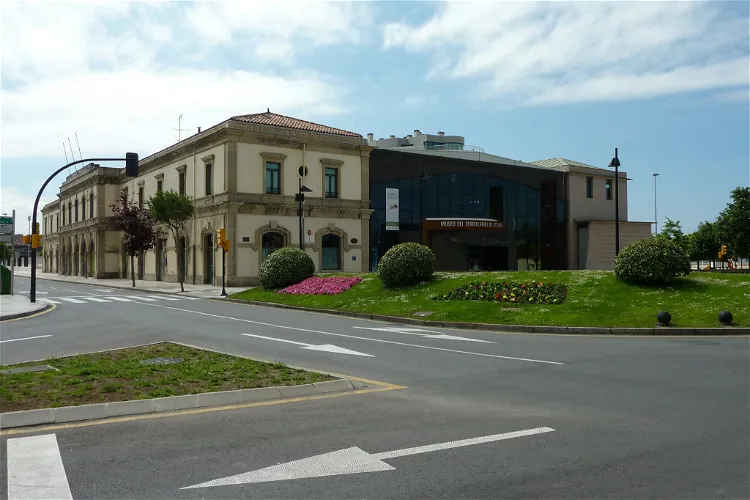
Gijón Railway Museum
GijónThe Gijón Railway Museum is situated at the old North Train Station of Gijón, in close proximity to Poniente Beach. The museum spans over 14,000 square meters and includes the original station, which was built in 1874, along with two new buildings and railway tracks. The location and the historical buildings add to the charm and authenticity of the museum experience.
Philippe Cousteau Anchor Museum
CastrillónThe Philippe Cousteau Anchor Museum is an open-air museum situated in Salinas, within the Asturian council of Castrillón in Spain. This unique museum offers a different kind of museum experience as it is not confined within four walls. Instead, it is spread out in the open, allowing visitors to enjoy the exhibits while also taking in the beautiful surroundings.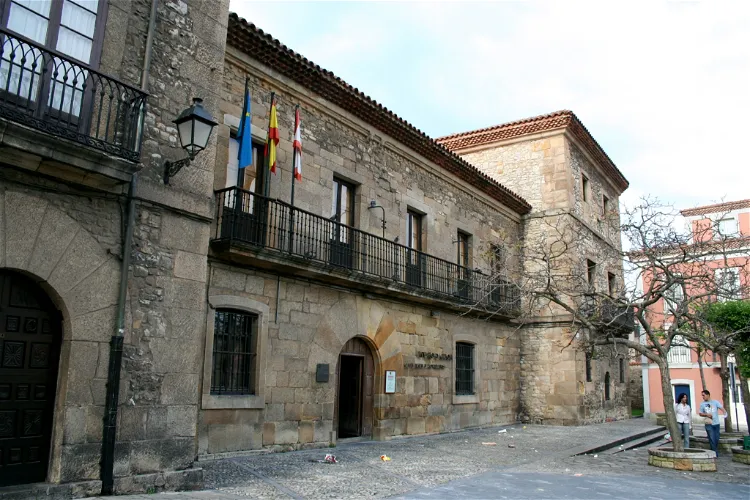
Jovellanos Birthplace Museum
GijónThe Jovellanos Birthplace Museum is situated in a palatial house in the Cimadevilla neighborhood of Gijón, Asturias, Spain. This location is steeped in history and offers a unique insight into the life and times of Jovellanos, a prominent figure in Spanish history. The museum is easily accessible and is a significant landmark in the city.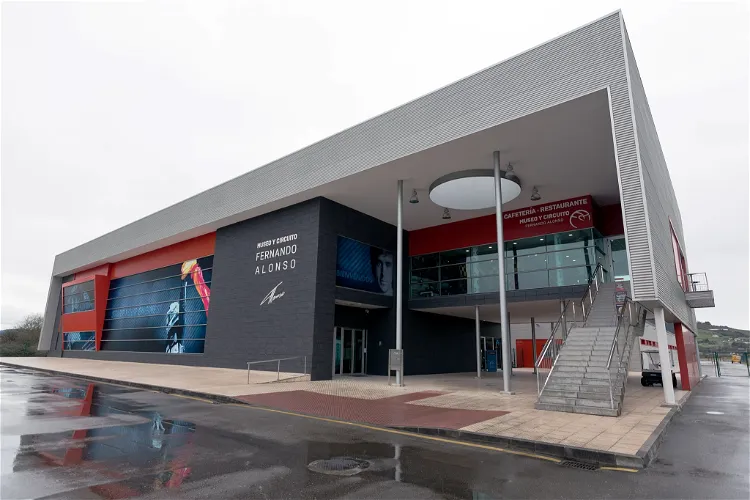
Fernando Alonso Sports Complex
LlaneraThe complex features a two-story museum that displays all the racing cars driven by Alonso, as well as a variety of original materials. Additionally, there is a 1800 meter karting circuit for visitors to enjoy.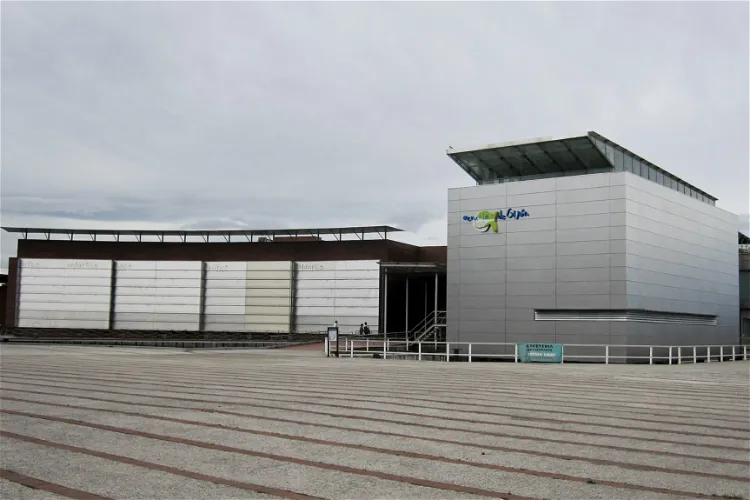
Gijón Aquarium
GijónThe Gijón Aquarium is situated in a prime location on the promenade of Poniente Beach, in the urban area of Gijón, Spain. It is nestled in the docks of the old Cantabrian Shipyards, adding a touch of historical charm to the modern facility. This location makes it easily accessible for tourists visiting the city.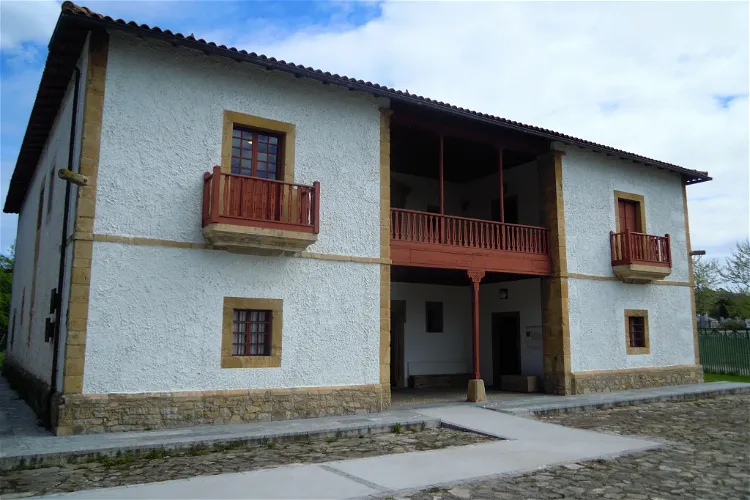
International Bagpipe Museum
GijónThe International Bagpipe Museum is situated within the Museum of the People of Asturias in the Spanish city of Gijón, in the Principality of Asturias. This location offers visitors the opportunity to explore not only the bagpipe museum but also the broader cultural and historical context of the Asturian people.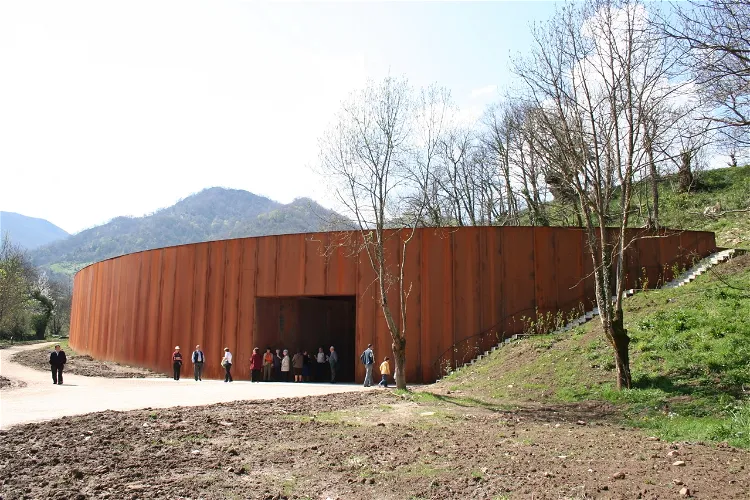
Prehistoric Park Teverga
TevergaThe park features two exhibition areas: The gallery and the Cave of Caves. Both these facilities, along with the service area that includes a cafeteria and a shop, are seamlessly integrated into the natural landscape. Only the entrances stand out in the relief, with the rest of each facility being underground.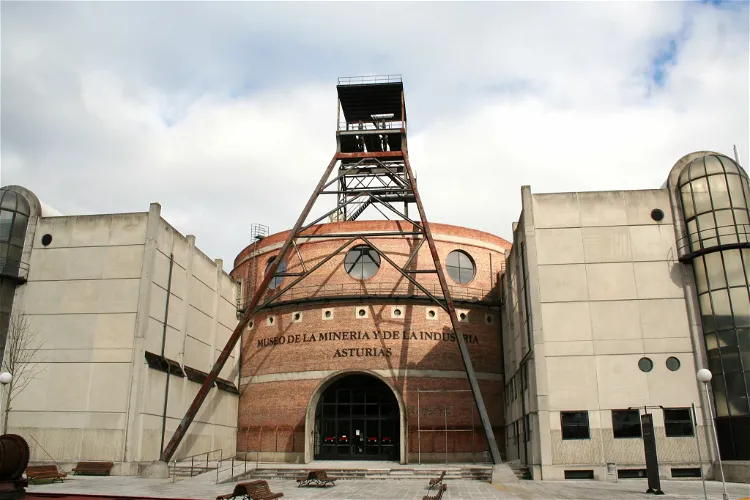
Museum of Mining and Industry
San Martín del Rey AurelioThe Museum of Mining and Industry of Asturias (MUMI) is situated in the village of San Vicente, close to El Entrego, in the municipality of San Martín del Rey Aurelio. This location is known for its rich mining tradition, making it a significant site for the museum.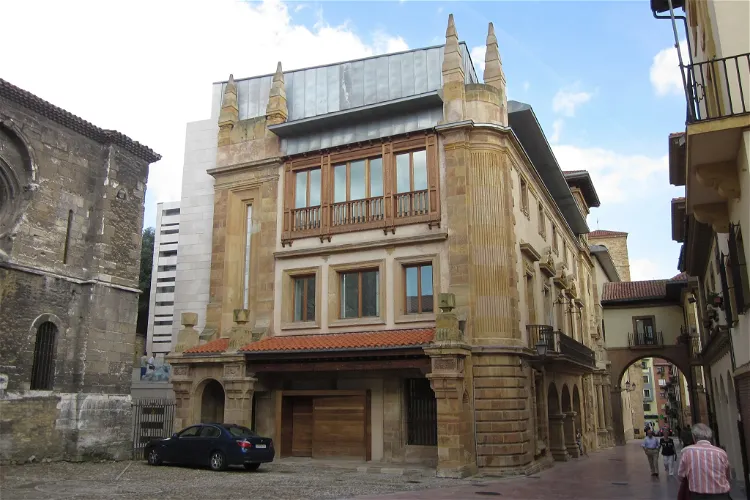
Archaeological Museum of Asturias
OviedoThe Archaeological Museum of Asturias, situated in Oviedo, is a regional institution committed to the preservation of the cultural and archaeological heritage of the Principality of Asturias. The museum's collection has been steadily growing since its establishment, primarily through discoveries, donations, and acquisitions of objects.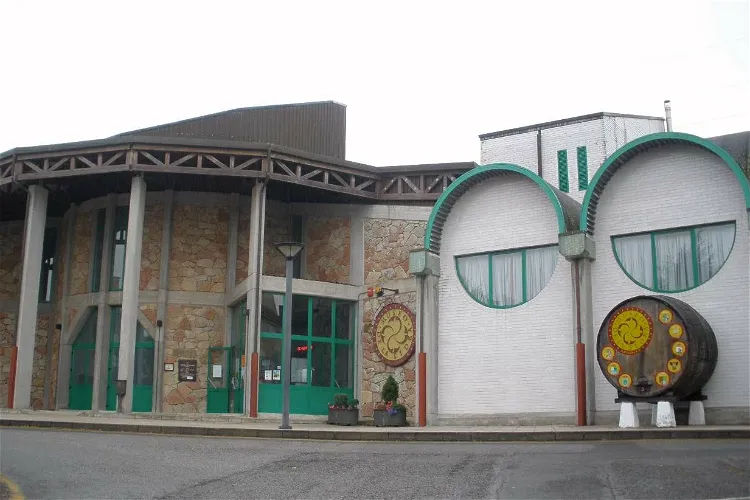
Cider Museum
Nava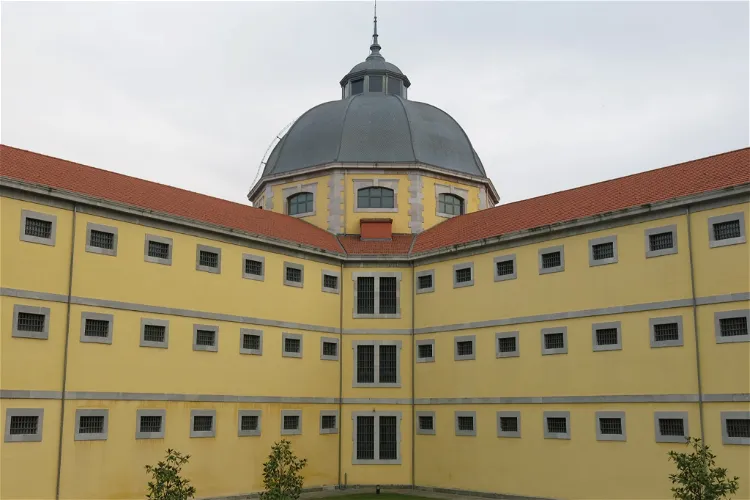
Historical Archives of Asturias
Oviedo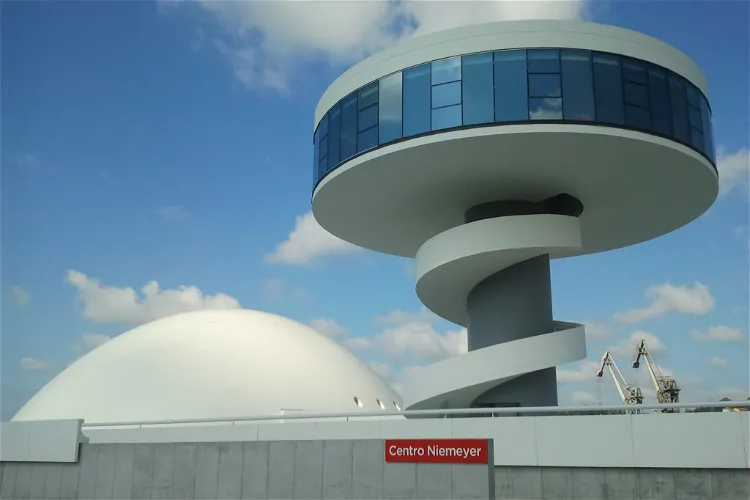
Oscar Niemeyer International Cultural Centre
AvilésThe Oscar Niemeyer International Cultural Centre, also known as the Niemeyer Centre, is a significant cultural hub located in the city of Avilés, Spain. This centre was designed by the renowned Brazilian architect Oscar Niemeyer, who is known for designing many of the significant buildings in the artificially created city of Brasilia. The centre was financed by the Spanish state and the autonomous region of Asturias.
Church of Santo Adriano de Tuñón
Santo Adriano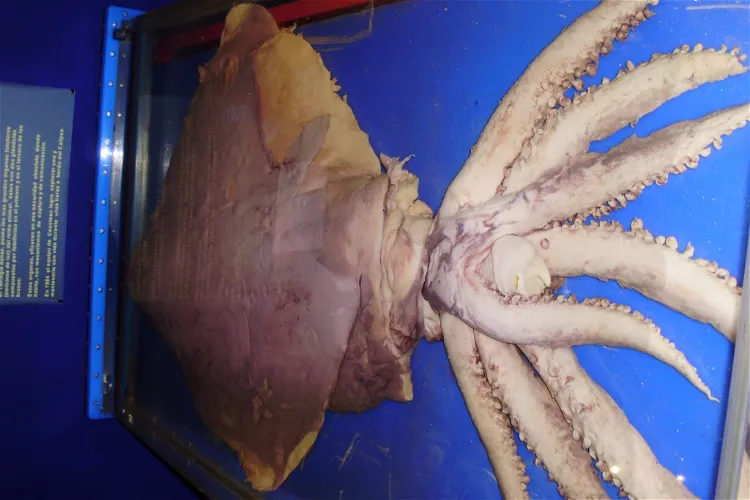
Giant Squid Museum
ValdésThe Giant Squid Museum, situated in Luarca, Asturias, Spain, is a unique natural history museum that focuses on the giant squid and other large cephalopods. It is the only museum in the world dedicated to the giant squid, making it a unique destination for those interested in marine life. The museum houses one of the world's most important collections of large cephalopods, including the largest collection of giant squid on public display.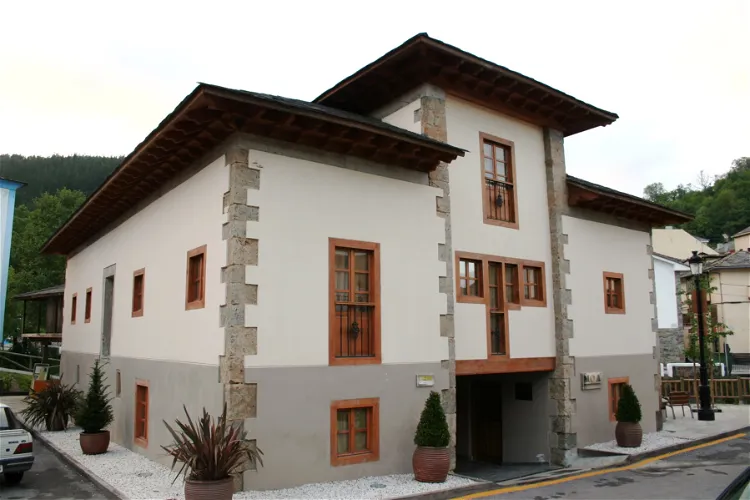
Asturias Gold Museum
Tineo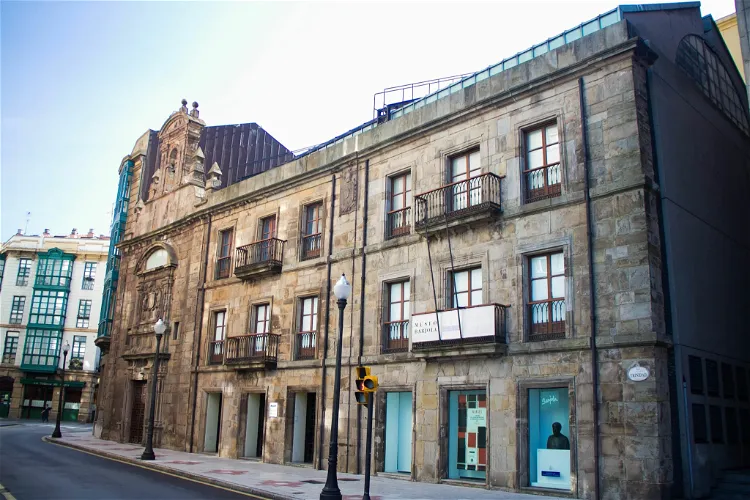
Barjola Museum
GijónThe Juan Barjola Museum is a cultural institution situated in the Asturian town of Gijón, Spain. This location is easily accessible and offers visitors the opportunity to explore the rich cultural heritage of the region.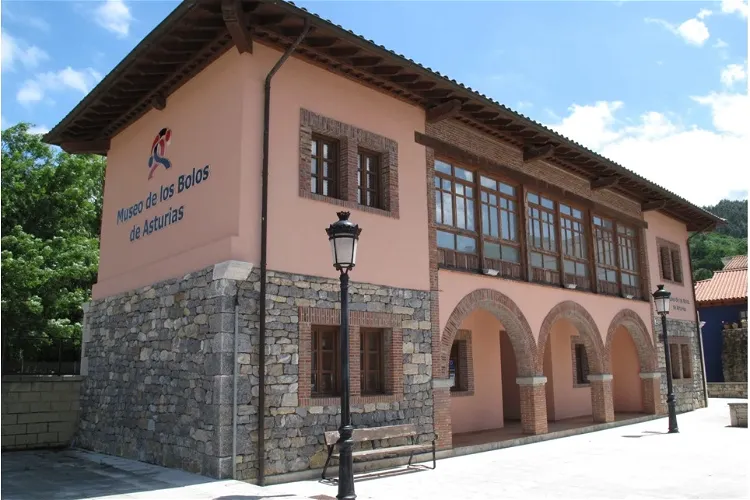
Bowling Museum of Asturias
Peñamellera BajaThe Bowling Museum of Asturias is situated in the Panes parish of Peñamellera Baja, Asturias, Spain. This location is easily accessible and offers a unique cultural experience for tourists interested in sports history, particularly bowling.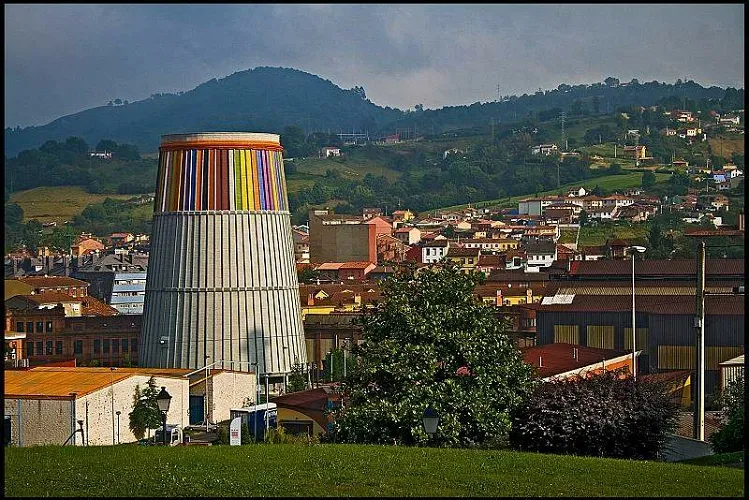
Iron and Steel Museum
LangreoThe Iron and Steel Museum of Asturias (MUSI) is a cultural center that was inaugurated in 2006. It is situated in La Felguera, within the council of Langreo in Spain. The museum is housed in part of the former La Felguera Factory, the first major integrated iron and steel plant built in Spain in the mid-19th century.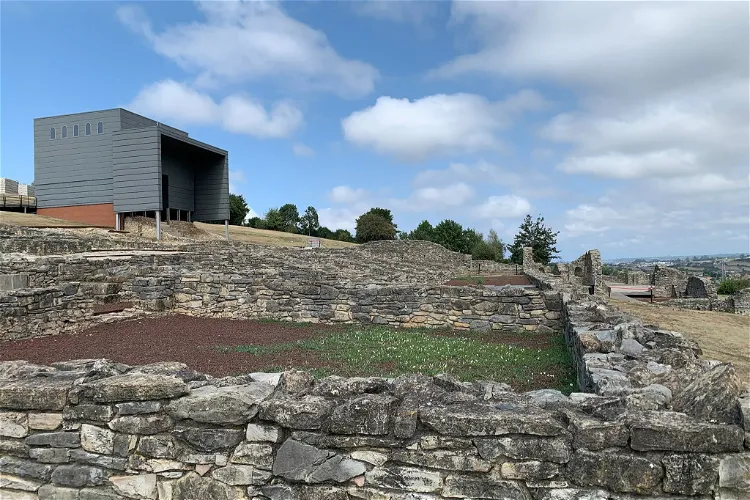
Roman Villa of Veranes
GijónThe Roman Villa of Veranes, located in the Veranes neighborhood in the parish of Cenero in the Asturian council of Gijón, Spain, is an archaeological site that offers a unique glimpse into the past. The site is home to the ruins of a Roman villa, which are interpreted and presented to the public through an on-site interpretation center. This allows visitors to gain a deeper understanding of the historical significance and context of the ruins.
Ethnographic Museum of Quirós
QuirósThe Ethnographic Museum of Quirós is part of the network of ethnographic museums in Asturias. This affiliation provides the museum with a certain level of prestige and recognition, making it a notable destination for those interested in ethnographic studies and the cultural heritage of Asturias.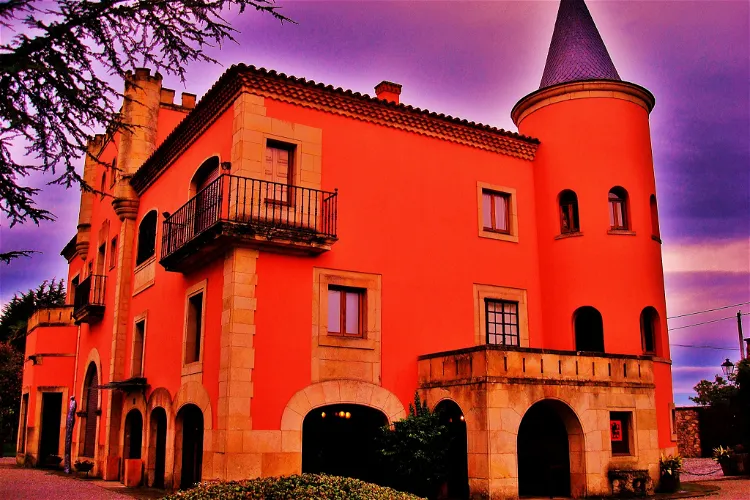
Evaristo Valle Museum
GijónThe Evaristo Valle Museum Foundation, located in Gijón, is a museum dedicated to the life and work of the local painter Evaristo Valle. The museum was founded in 1981 and officially opened its doors to the public on March 5, 1983. It serves as a tribute to the artist's legacy and offers visitors a chance to explore his artistic journey.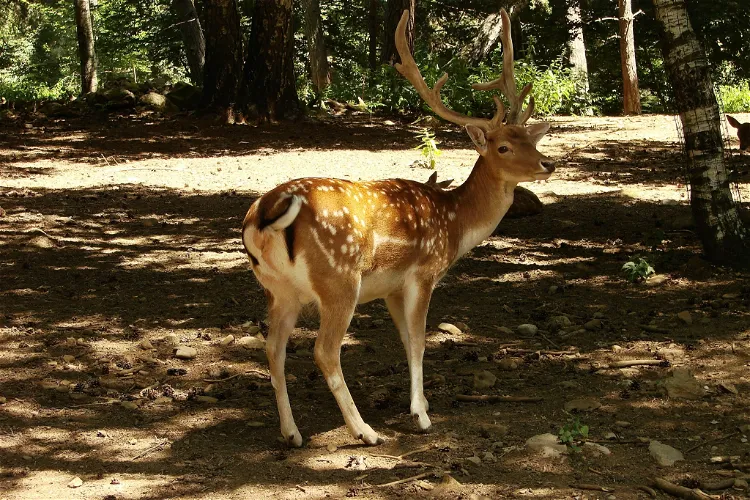
Zoo El Bosque
OviedoEl Bosque is a zoo located in the town of San Esteban de las Cruces, Oviedo, Spain. It first opened its doors to the public in 2008 and has since grown in popularity. In 2017, the zoo was visited by approximately 20,000 people, demonstrating its appeal to both locals and tourists alike.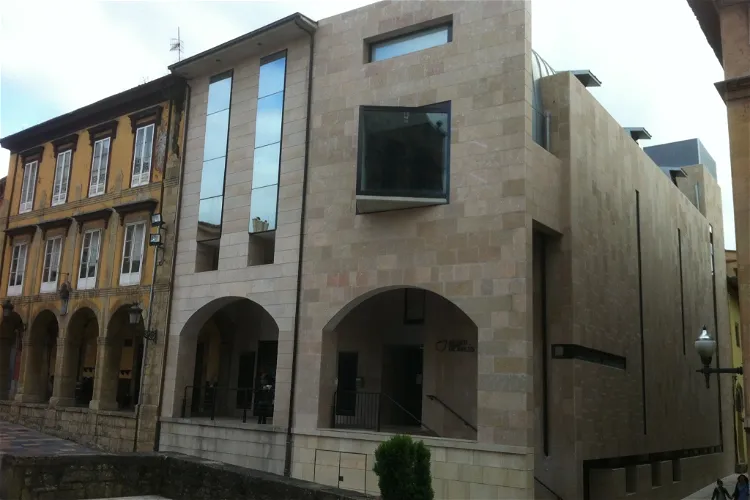
Museum of Avilés Urban History
AvilésThe Museum of Urban History of Avilés is situated within the city's historic-artistic complex. It is the first public space dedicated to the history of Avilés, a city in the Asturias region of Spain. The museum is designed to provide a chronological context of events that have shaped the development of the town over different periods, with a particular emphasis on the period from the granting of the charter by King Alfonso VI in 1085 to the present day.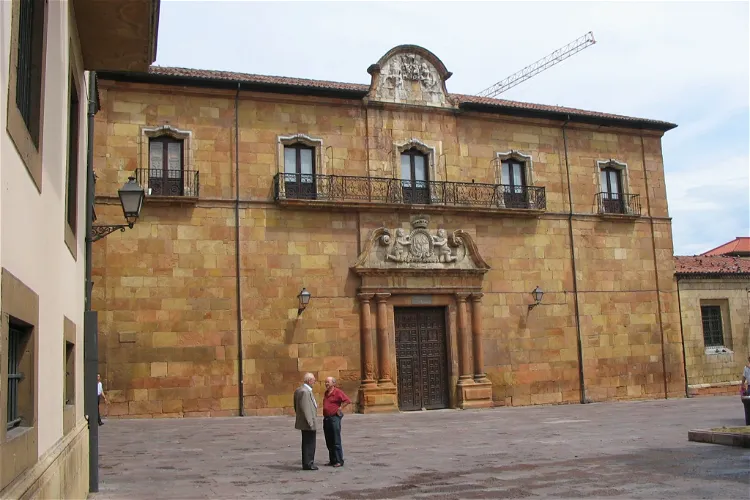
Church Museum
OviedoThe Church Museum of Oviedo is a significant cultural site located in the city of Oviedo, in the Principality of Asturias, Spain. It is situated in the upper cloister of the city's cathedral, offering visitors a unique opportunity to explore the rich history and architectural beauty of the cathedral.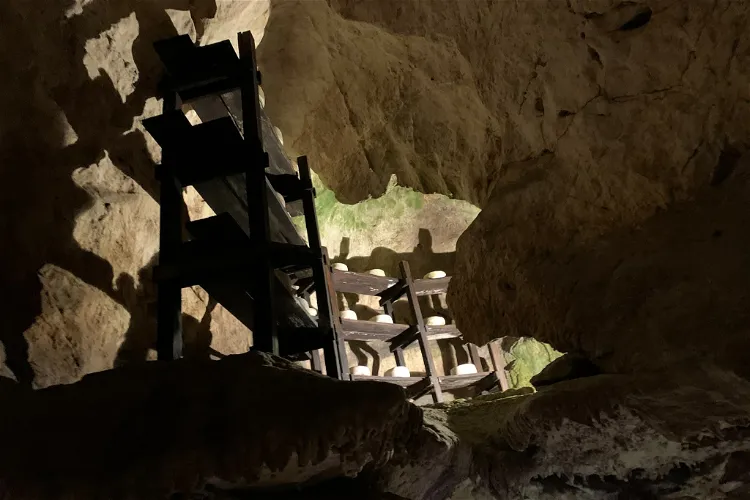
Cueva Exposición Queso Cabrales
Cabrales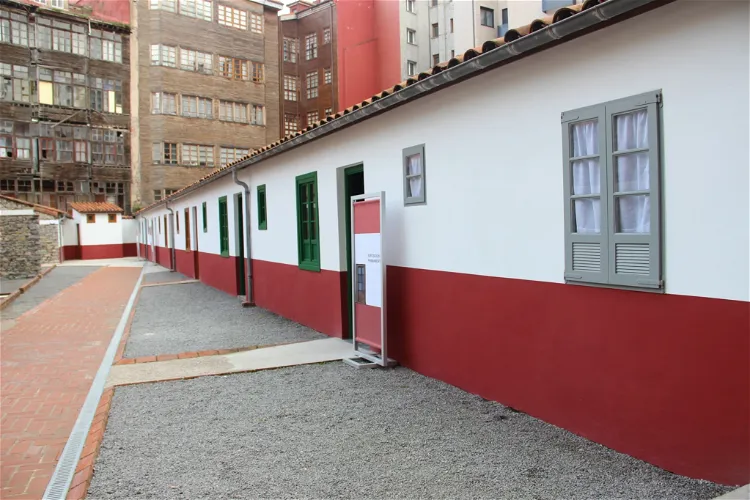
Celestino Solar Citadel
GijónThe Celestino Solar Citadel, located in Gijón, is a historical site that was constructed in 1877 by Celestino González Solar. The citadel was built in an area known as La Garita, which is now part of a block of buildings known as the Martillo de Capua. This location offers a glimpse into the architectural and social history of the region.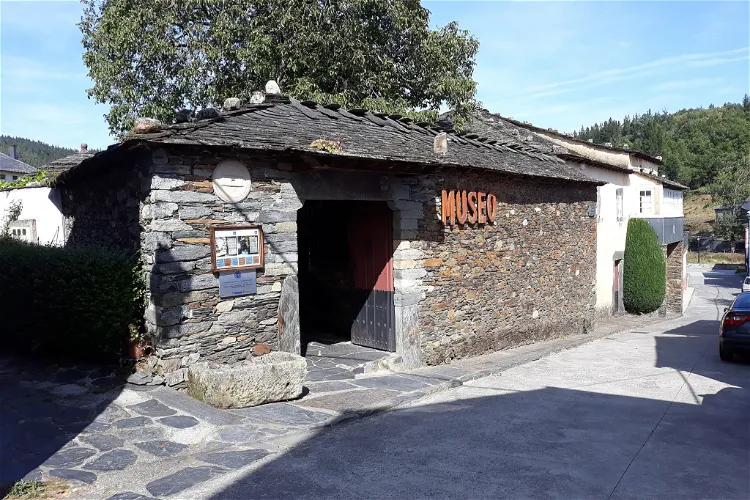
Ethnographic Museum of Grandas de Salime
Grandas de SalimeThe mission of the Grandas de Salime Ethnographic Museum is to collect, preserve, maintain, expand, investigate, communicate, and disseminate the tangible and intangible heritage of an ethnographic nature from Western Asturias. This mission is reflected in the museum's extensive collection of over 11,000 objects, which have been acquired through donations or purchases.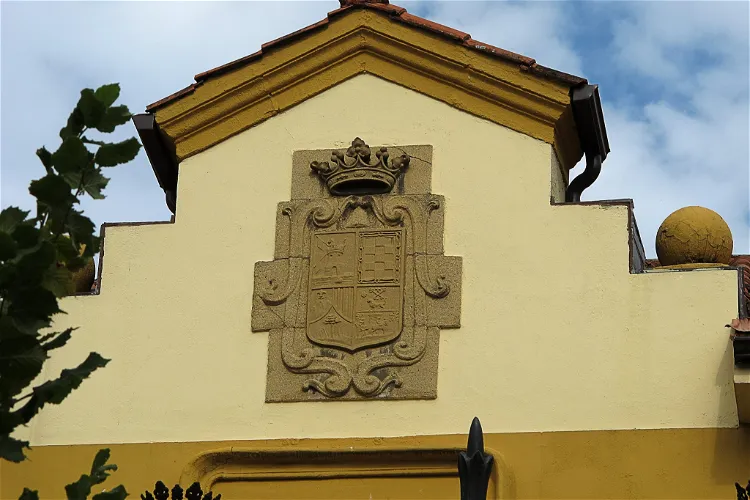
The House of Time
Piloña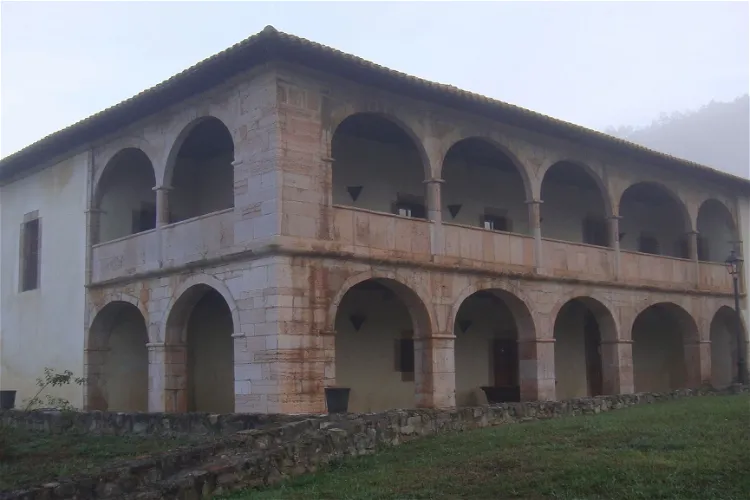
Centro de Interpretación de la Caverna de Candamo
Candamo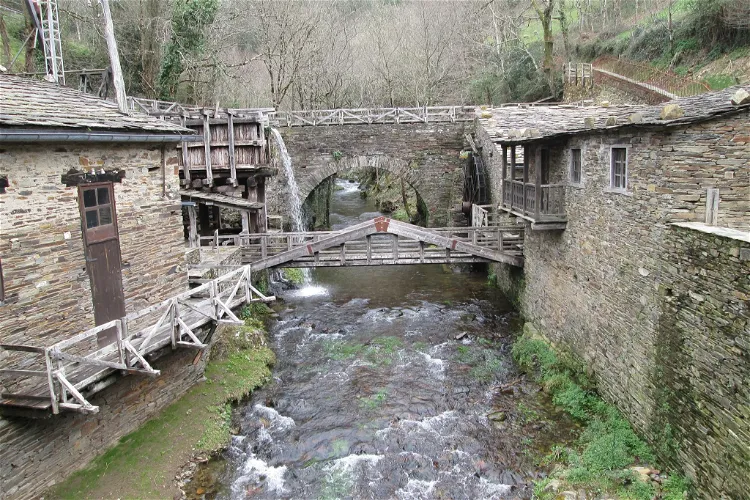
Mills Museum Mazonovo
TaramundiThe Mills Museum in Mazonovo, Taramundi, Asturias, is a unique institution dedicated to showcasing various types of mills, including grain mills, water mills, and manual mills. Visitors can explore the evolution and technological advancements of these mills over time, providing a fascinating insight into the history of milling.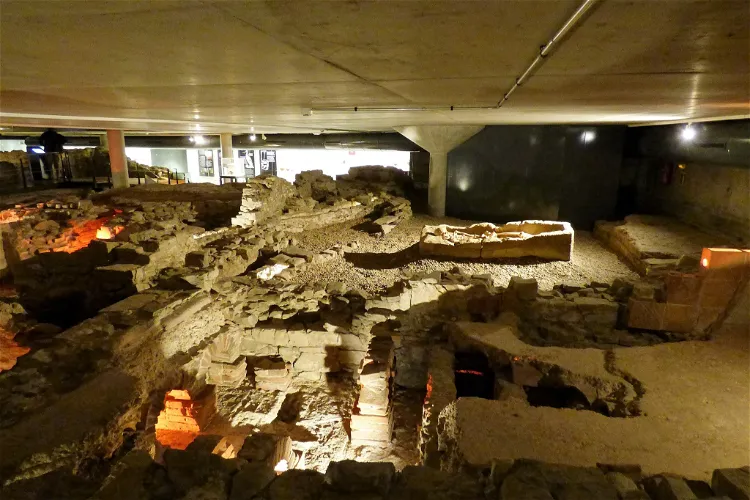
Campo Valdés Roman Baths
GijónThe Campo Valdés Roman Baths, located in the Cimadevilla neighborhood of the Asturian town of Gijón, are a significant historical site. These public baths from the Roman era offer a glimpse into the past and are an integral part of the city's rich history.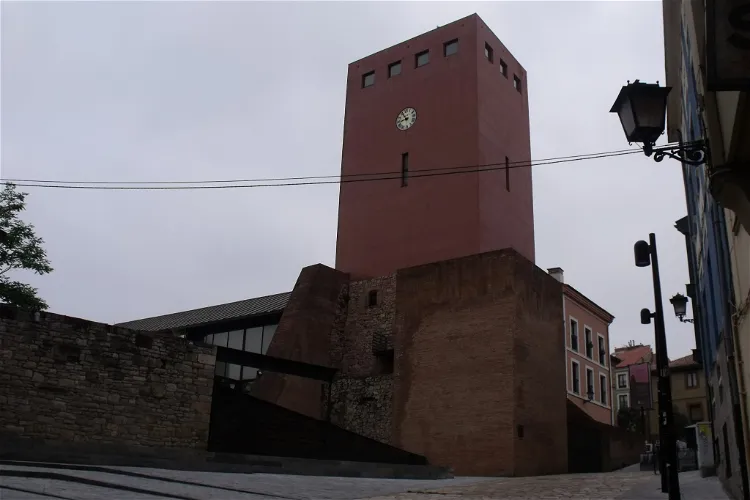
Torre del Reloj
GijónLa Torre del Reloj, a building dating back to 1572, is situated in the Cimadevilla neighborhood of Gijón, Asturias, Spain. The tower was reconstructed in 1989 at the same location with the initial intention of it serving as a museum and a viewpoint over the city. However, it is not currently used for this purpose.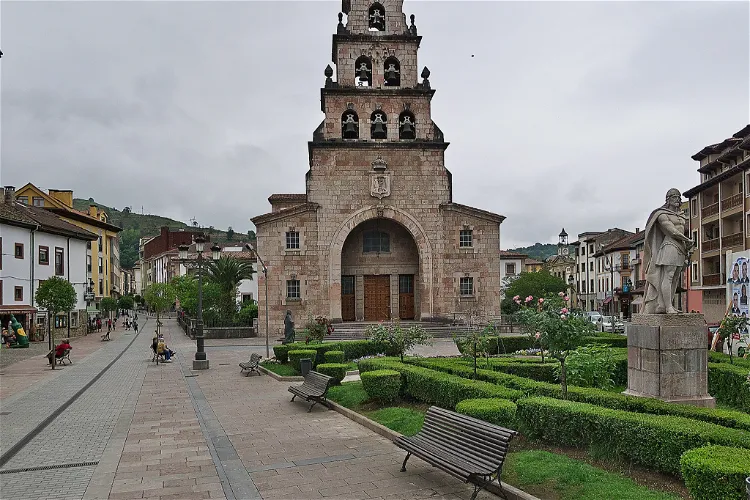
Church of Santa Maria
Cangas de Onís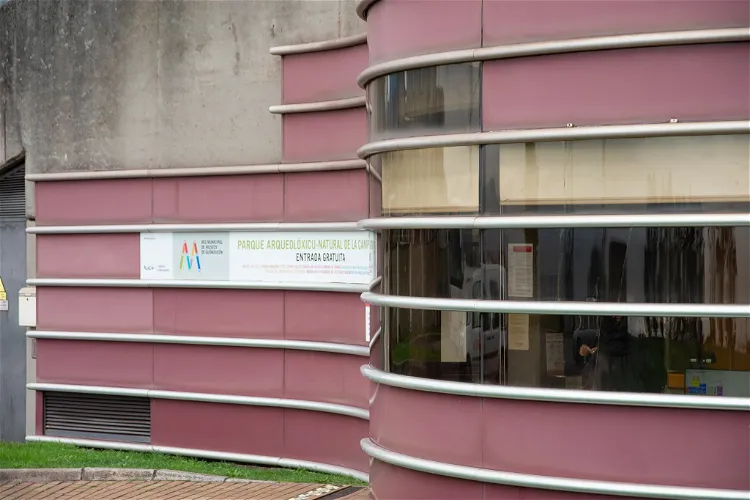
Campa Torres Archaeological-Natural Park
GijónThe Archaeological-Natural Park of La Campa Torres is rich in historical significance, housing various archaeological sites. Among these is the oppidum Noega, an ancient castro where the cilúrnigos lived. Visitors can explore these installations and gain insights into the lives of the ancient inhabitants of the region.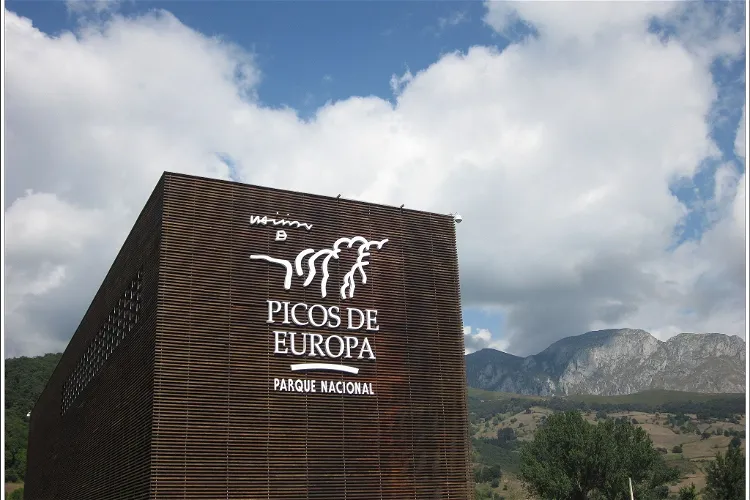
Picos de Europa National Park
Cangas de OnísThe Picos de Europa National Park is situated in the Picos de Europa mountain range in northern Spain. It falls within the boundaries of three autonomous communities, namely Asturias, Cantabria, and Castile and León. These communities are represented on the body that manages the park. This location makes the park a unique blend of different cultural and natural elements from these regions.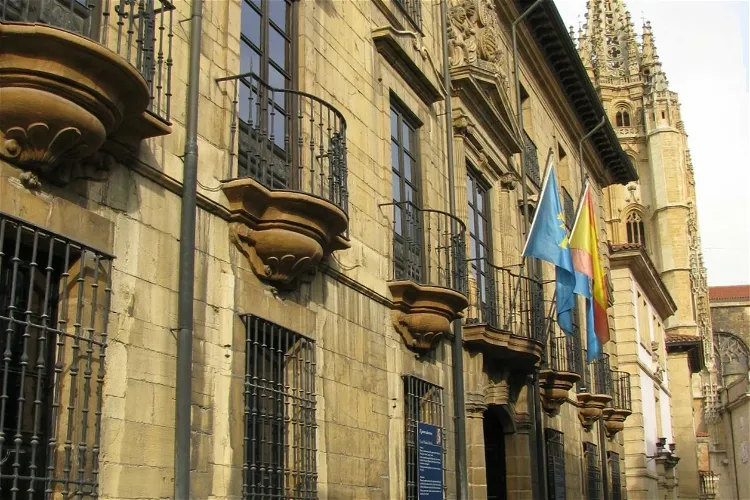
Museum of Fine Arts of Asturias
OviedoThe Museum of Fine Arts of Asturias, inaugurated on May 19, 1980, is home to a vast collection of works spanning from the Middle Ages to the Contemporary Age. This broad timeline allows visitors to experience a comprehensive journey through art history, from the 14th to the 21st Century.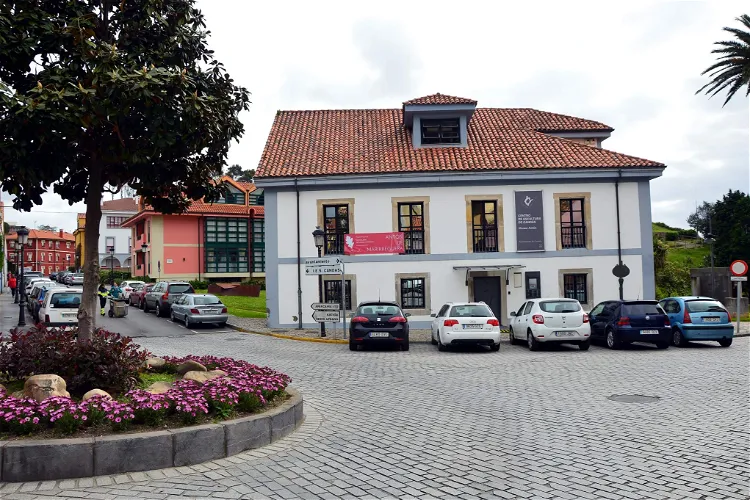
Centro de Escultura de Candás Museo Antón
CarreñoThe Centro de Escultura de Candás Museo Antón is a museum situated in the Asturian town of Candás, within the municipality of Carreño. This location is a significant cultural hub in the region, offering visitors a unique insight into the local art scene.
Maritime Museum of Asturias
GozónThe Maritime Museum of Asturias is situated in the picturesque Asturian town of Luanco. It is a part of the network of ethnographic museums of Asturias, offering a unique insight into the region's maritime history and culture.
Centro de Interpretación del Medio Marino de Peñas
Gozón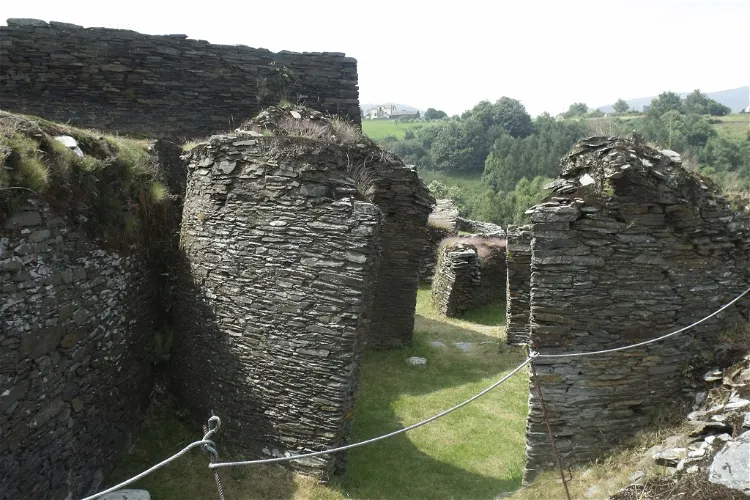
Aula Didáctica del Castro de Coaña
Coaña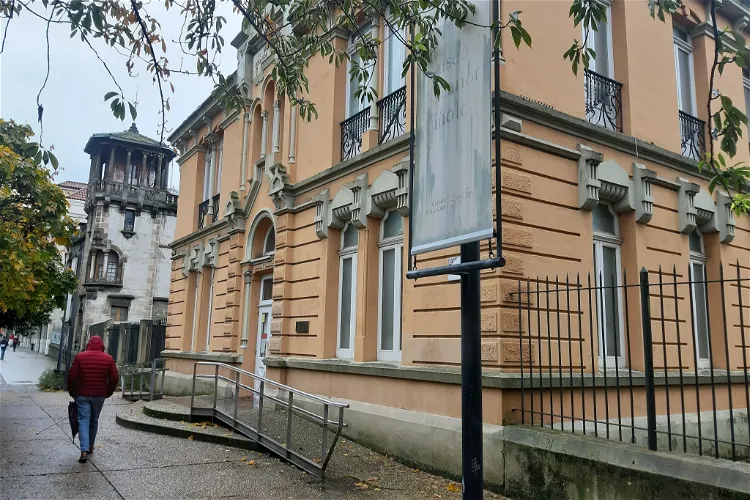
Nicanor Piñole Museum
GijónThe Nicanor Piñole Museum, located in Gijón, Asturias, Spain, was established in 1991. The museum's primary purpose is to showcase the work of the renowned Asturian painter, Nicanor Piñole. It offers visitors a unique opportunity to explore the artistic legacy of this influential figure in Spanish art.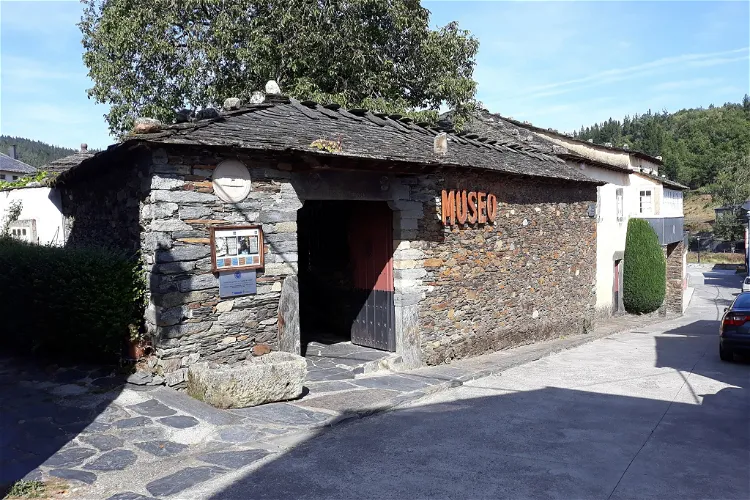
Ethnographic Rural Museum of Luarca
Valdés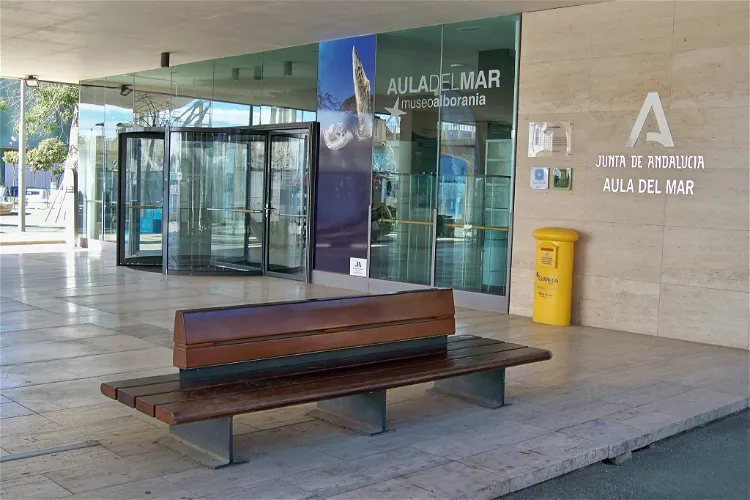
Aula del Mar Museum
ValdésThe Museo del Calamar Gigante, also known as the Giant Squid Museum, is a unique natural history museum situated in Luarca, Asturias, Spain. It is the only museum in the world dedicated to the giant squid, making it a unique destination for those interested in marine life and natural history. The museum houses one of the world's most significant collections of large cephalopods, including the largest collection of giant squid on public display.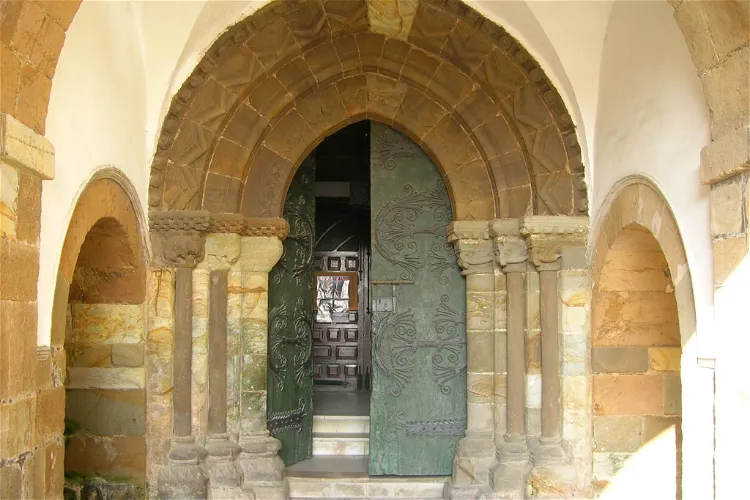
Sacred Art Museum of Tineo
TineoThe Sacred Art Museum of Tineo is a unique destination for art enthusiasts and history buffs alike. Situated in Tineo, Asturias, Spain, the museum is home to a vast collection of sacred art. The museum's location adds to its charm, as it is housed in a 14th-century Roman Catholic Church, known as the Convento de San Francisco del Monte.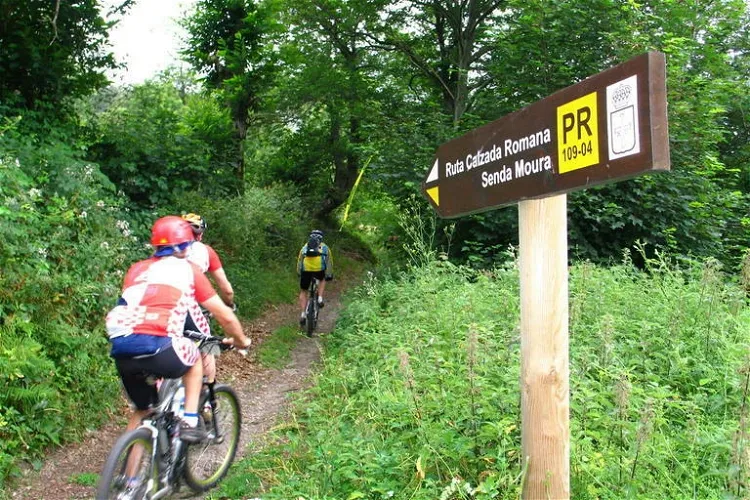
Casa del Parque Natural de las Fuentes del Narcea
Cangas del NarceaThe Fuentes del Narcea, Degaña e Ibias Natural Park is a protected area located in the Principality of Asturias in northern Spain. This park is home to the sources of the rivers Narcea and Ibias, offering a unique and beautiful natural landscape for visitors to explore.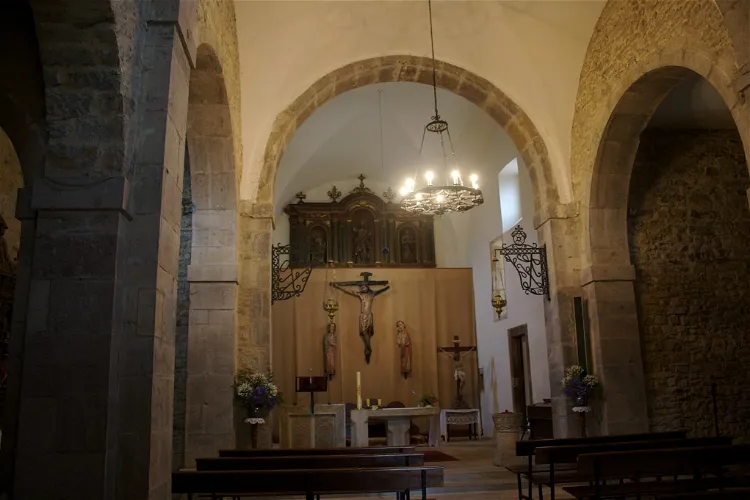
Museo Prerrománico de Santianes
PraviaThe museum houses a collection of Preromanesque artifacts discovered during the restoration of the Church of San Juan. These objects provide a fascinating insight into the history of the Asturian monarchy, offering visitors a chance to delve into the past and learn about the region's royal heritage.
Vaqueiro Museum of Asturias
LuarcaThe Vaqueiro Museum of Asturias is a significant part of the network of ethnographic museums in Asturias. This network is a collection of museums that focus on the cultural and historical aspects of the Asturian region. The Vaqueiro Museum, in particular, provides a deep dive into the lifestyle of the Vaqueiros, a nomadic group in Asturias.